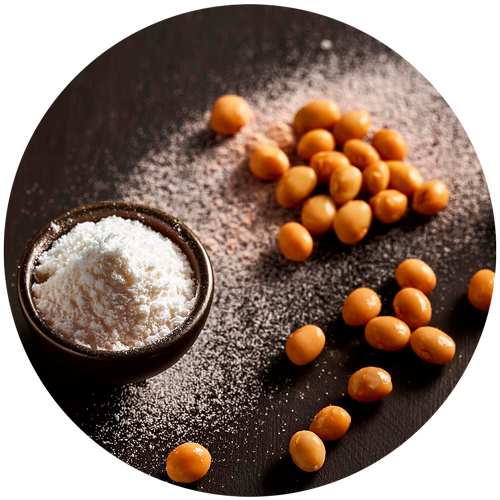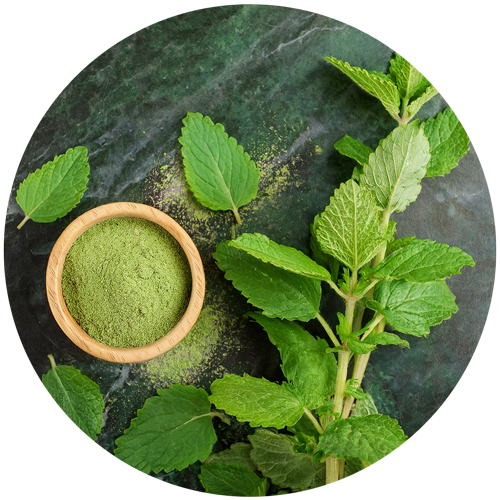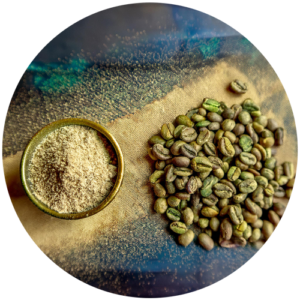

GREEN COFFEE
Coffea arabica L. Cardiovascular system
Cardiovascular system  Blood glucose
Blood glucose  Slimming
Slimming  Sports performance
Sports performance  Cognitive function
Cognitive function  Cholesterol
Cholesterol  Antioxidant
Antioxidant Coffee trees are shrubs found in tropical regions. The composition of green coffee beans is essentially made up of polyphenols and phenolic acids, giving it antioxidant, renal elimination and thermogenic properties.
Our references
Regulations
and analysis
Identification: TLC
No data for traditional use
Association ideas by health axis
Select one or more axes:

ARTICHOKE
Cynara scolymus L.

Nattiase: for normal blood flow.
Glycine max L.

Rhodiozen – Preserving your physical and mental well-being.
Rhodiola rosea L.

LEMON BALM
Melissa officinalis L.

Res’vine: an extract titrated with resveratrol for overall well-being!

GREEN TEA
Camellia sinensis Kuntze

CAPSICUM

RED VINE
Vitis vinifera L. var. tinctoria

RHODIOLA
Rhodiola rosea L.

KOLA

DOG ROSE
Rosa canina L.

Detailed description
Coffee trees are tropical shrubs in the Rubiaceae family. Coffea arabica (the world’s main producer) and Coffea canephora (or robusta coffee) are the main species whose beans are used to make coffee.
Its composition consists mainly of polyphenols, phenolic acids such as chlorogenic acid (caffeoylquinic acids) and alkaloids, notably caffeine and theobromine.
- Hubert Kolb, et al, Nutrients . 2020 Jun 20;12(6):1842. doi: 10.3390/nu12061842
- Éva Brigitta Patay, et al, December 2016, doi:10.1016/j.apjtm.2016.11.008
- Igho Onakpoya, et al, Gastroenterol Res Pract. 2010 Aug 31;2011:382852. doi: 10.1155/2011/382852


